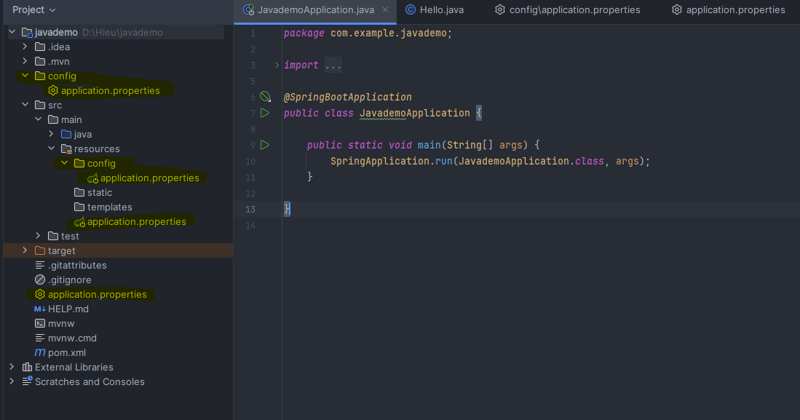Why PostgreSQL Might Be All the Backend You Need: Forget the Kitchen Sink
Alright, let's talk stacks. As software engineers, especially in the fast-paced startup world, we're constantly bombarded with the "next big thing" – specialized tools promising to solve niche problems better than anything else. Need a queue? Grab RabbitMQ or SQS. Background jobs? Celery or a dedicated scheduler. Vector search for that new AI feature? Pinecone or Weaviate it is. Geospatial queries? Maybe spin up a separate GIS instance. Before you know it, your docker-compose.yml looks like a grocery list for a tech conference, and your operational overhead is quietly spiraling. Stop. Breathe. Look at the workhorse that might already be sitting at the core of your stack: PostgreSQL. For years, we've pigeonholed Postgres as "just" a relational database. A damn good one, sure, but limited to tables, rows, and JOINs. That perception is dangerously outdated. PostgreSQL, through its relentless development and powerful extension ecosystem, has evolved into a versatile data platform capable of handling a shocking amount of the functionality you're likely outsourcing to other services. Think about it. Every external service you add introduces: More Infrastructure: Another thing to deploy, monitor, back up, secure, and keep updated. More Complexity: Network hops, data synchronization issues, potential consistency nightmares. More Failure Points: Each component is another potential outage. More Cost: Licensing, managed service fees, or the operational cost of self-hosting. More Developer Overhead: Different APIs, different client libraries, different mental models. What if you could slash that complexity? What if your database could handle it? With modern PostgreSQL, it often can. The "Database Can Do WHAT?" Capabilities: Let's look at what this "boring" relational database actually brings to the table: Reliable Queuing (No RabbitMQ Needed for Many Cases): Forget complex queue setups for many common background tasks. Using a simple table and the magic of SELECT ... FOR UPDATE SKIP LOCKED (stable since Postgres 9.5!), you can implement robust, transactional, concurrent job queues directly within your database. Enqueue a job atomically within the same transaction that modifies your primary data. Workers query, lock, process, and delete jobs with full ACID guarantees. Extensions like pg_mq can offer even more structured approaches. Win: Transactional integrity, zero extra infrastructure for basic-to-moderate queueing needs. Cron Jobs Inside Your DB (Goodbye External Schedulers): The pg_cron extension lets you schedule any SQL command directly within Postgres using standard cron syntax. Need to run nightly data rollups, refresh materialized views, or prune old logs? pg_cron handles it. Win: Scheduling logic lives with the data, leverages existing connections, simplifies deployment. Powerful Vector Search (Your AI Co-pilot): Yes, really. The pgvector extension transforms Postgres into a highly capable vector database. Store your embeddings (from text, images, etc.) in a native vector type, create specialized indexes (HNSW, IVFFlat), and perform lightning-fast similarity searches using Cosine Distance, L2, etc. Crucially, you can JOIN your vector data with your regular relational tables. Find users similar to another user based on their profile embeddings and filter by their subscription status in a single query. Win: Keep operational data and AI embeddings together, leverage existing infra, ACID compliance for vector operations, avoid a separate vector DB silo for many use cases. Mature Geospatial Capabilities (Built-in GIS): With the battle-hardened PostGIS extension (around since 2001!), Postgres becomes a full-fledged Geographic Information System. Store points, lines, polygons. Perform complex spatial queries: find points within a radius, calculate distances, check for intersections, manage different coordinate systems. Win: Sophisticated location-based queries directly against your primary data, no need for separate GIS software for most common tasks. NoSQL Flexibility (JSONB Power): Since version 9.4 (2014!), Postgres's binary JSON (JSONB) support has been exceptional. Store schemaless documents, index them efficiently (using GIN indexes), and query deep into their structure. Get the flexibility of NoSQL without sacrificing ACID compliance or the power of relational queries when you need them. Win: Handle unstructured or semi-structured data seamlessly alongside relational data. The Overarching Benefits of Consolidation: Why does leaning into Postgres this way make so much sense, especially for a startup? Radical Simplicity: Fewer moving parts = easier development, deployment, and maintenance. Your architecture diagram gets cleaner, your on-call rotation gets quieter. Bulletproof Integrity: Performing related actions (e.g., updating a record and enqueueing a notification) within a single database transaction is vastly simpler and more reliable than try

Alright, let's talk stacks. As software engineers, especially in the fast-paced startup world, we're constantly bombarded with the "next big thing" – specialized tools promising to solve niche problems better than anything else. Need a queue? Grab RabbitMQ or SQS. Background jobs? Celery or a dedicated scheduler. Vector search for that new AI feature? Pinecone or Weaviate it is. Geospatial queries? Maybe spin up a separate GIS instance. Before you know it, your docker-compose.yml looks like a grocery list for a tech conference, and your operational overhead is quietly spiraling.
Stop. Breathe. Look at the workhorse that might already be sitting at the core of your stack: PostgreSQL.
For years, we've pigeonholed Postgres as "just" a relational database. A damn good one, sure, but limited to tables, rows, and JOINs. That perception is dangerously outdated. PostgreSQL, through its relentless development and powerful extension ecosystem, has evolved into a versatile data platform capable of handling a shocking amount of the functionality you're likely outsourcing to other services.
Think about it. Every external service you add introduces:
- More Infrastructure: Another thing to deploy, monitor, back up, secure, and keep updated.
- More Complexity: Network hops, data synchronization issues, potential consistency nightmares.
- More Failure Points: Each component is another potential outage.
- More Cost: Licensing, managed service fees, or the operational cost of self-hosting.
- More Developer Overhead: Different APIs, different client libraries, different mental models.
What if you could slash that complexity? What if your database could handle it? With modern PostgreSQL, it often can.
The "Database Can Do WHAT?" Capabilities:
Let's look at what this "boring" relational database actually brings to the table:
-
Reliable Queuing (No RabbitMQ Needed for Many Cases): Forget complex queue setups for many common background tasks. Using a simple table and the magic of
SELECT ... FOR UPDATE SKIP LOCKED(stable since Postgres 9.5!), you can implement robust, transactional, concurrent job queues directly within your database. Enqueue a job atomically within the same transaction that modifies your primary data. Workers query, lock, process, and delete jobs with full ACID guarantees. Extensions likepg_mqcan offer even more structured approaches.- Win: Transactional integrity, zero extra infrastructure for basic-to-moderate queueing needs.
-
Cron Jobs Inside Your DB (Goodbye External Schedulers): The
pg_cronextension lets you schedule any SQL command directly within Postgres using standard cron syntax. Need to run nightly data rollups, refresh materialized views, or prune old logs?pg_cronhandles it.- Win: Scheduling logic lives with the data, leverages existing connections, simplifies deployment.
-
Powerful Vector Search (Your AI Co-pilot): Yes, really. The
pgvectorextension transforms Postgres into a highly capable vector database. Store your embeddings (from text, images, etc.) in a nativevectortype, create specialized indexes (HNSW, IVFFlat), and perform lightning-fast similarity searches using Cosine Distance, L2, etc. Crucially, you canJOINyour vector data with your regular relational tables. Find users similar to another user based on their profile embeddings and filter by their subscription status in a single query.- Win: Keep operational data and AI embeddings together, leverage existing infra, ACID compliance for vector operations, avoid a separate vector DB silo for many use cases.
-
Mature Geospatial Capabilities (Built-in GIS): With the battle-hardened
PostGISextension (around since 2001!), Postgres becomes a full-fledged Geographic Information System. Store points, lines, polygons. Perform complex spatial queries: find points within a radius, calculate distances, check for intersections, manage different coordinate systems.- Win: Sophisticated location-based queries directly against your primary data, no need for separate GIS software for most common tasks.
-
NoSQL Flexibility (JSONB Power): Since version 9.4 (2014!), Postgres's binary JSON (
JSONB) support has been exceptional. Store schemaless documents, index them efficiently (using GIN indexes), and query deep into their structure. Get the flexibility of NoSQL without sacrificing ACID compliance or the power of relational queries when you need them.- Win: Handle unstructured or semi-structured data seamlessly alongside relational data.
The Overarching Benefits of Consolidation:
Why does leaning into Postgres this way make so much sense, especially for a startup?
- Radical Simplicity: Fewer moving parts = easier development, deployment, and maintenance. Your architecture diagram gets cleaner, your on-call rotation gets quieter.
- Bulletproof Integrity: Performing related actions (e.g., updating a record and enqueueing a notification) within a single database transaction is vastly simpler and more reliable than trying to coordinate distributed transactions across multiple systems.
- Reduced Operational Overhead: One system to monitor, back up, secure, scale, and manage permissions for. This saves time, money, and cognitive load.
- Accelerated Development: Developers use familiar tools (SQL, existing Postgres clients/ORMs) and can leverage the full power of the database without context switching between different APIs and data stores.
JOINing across different data types (relational, JSON, vector, spatial) is a superpower. - Cost Efficiency: Leverage the infrastructure you're already paying for. Avoid the added costs of multiple specialized managed services.
- Maturity & Reliability: PostgreSQL is famously robust, ACID-compliant, and has a massive, supportive community and ecosystem built over decades.
But What About Scale?
Sure, if you're operating at FAANG-level scale with billions of queue messages per second or petabytes of vector data requiring nanosecond latency, dedicated solutions might eventually offer performance benefits. But let's be honest: most applications aren't there. Postgres can handle a lot more load than many people assume. Start simple. Leverage the power you already have. Optimize and introduce specialized tools if and when you hit clearly defined bottlenecks that Postgres truly can't handle, not as a default architectural choice.
The Takeaway:
Before you reach for another specialized service to add to your stack, take a hard look at PostgreSQL. Ask yourself: "Can Postgres do this?" With features like pg_cron, pgvector, PostGIS, native queuing patterns, and superb JSONB support, the answer is increasingly, surprisingly, "Yes."
Embrace the power and versatility of PostgreSQL. Simplify your stack, reduce your overhead, and focus on building features, not managing infrastructure sprawl. It might just be the most rational – and kickass – architectural decision you make.




























![[Webinar] AI Is Already Inside Your SaaS Stack — Learn How to Prevent the Next Silent Breach](https://blogger.googleusercontent.com/img/b/R29vZ2xl/AVvXsEiOWn65wd33dg2uO99NrtKbpYLfcepwOLidQDMls0HXKlA91k6HURluRA4WXgJRAZldEe1VReMQZyyYt1PgnoAn5JPpILsWlXIzmrBSs_TBoyPwO7hZrWouBg2-O3mdeoeSGY-l9_bsZB7vbpKjTSvG93zNytjxgTaMPqo9iq9Z5pGa05CJOs9uXpwHFT4/s1600/ai-cyber.jpg?#)














































































































































![[The AI Show Episode 144]: ChatGPT’s New Memory, Shopify CEO’s Leaked “AI First” Memo, Google Cloud Next Releases, o3 and o4-mini Coming Soon & Llama 4’s Rocky Launch](https://www.marketingaiinstitute.com/hubfs/ep%20144%20cover.png)















































































































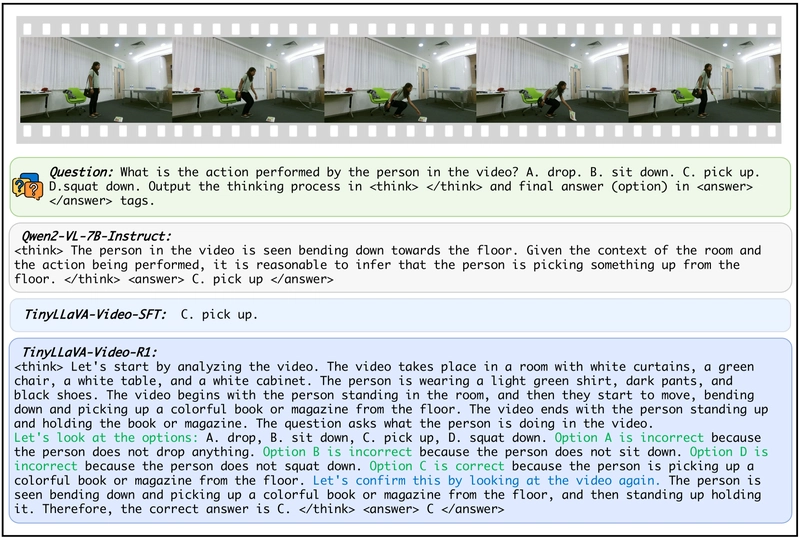
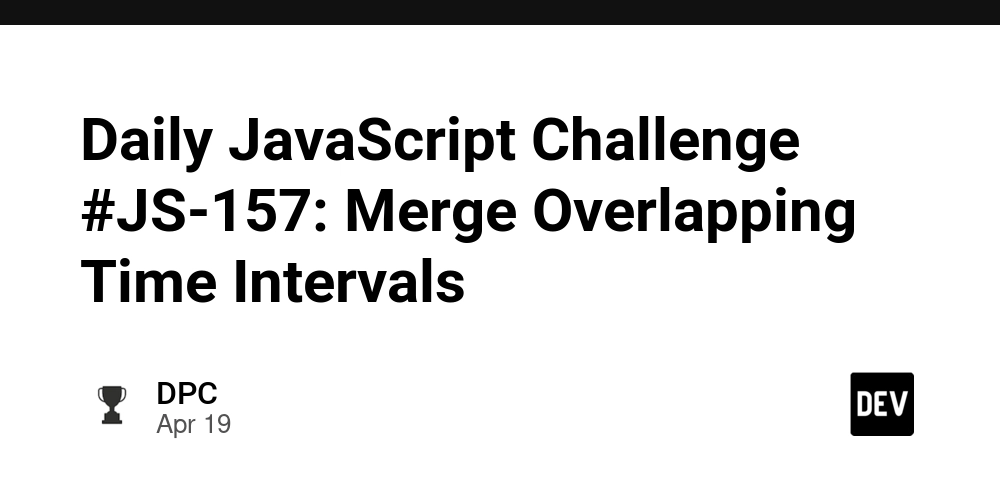
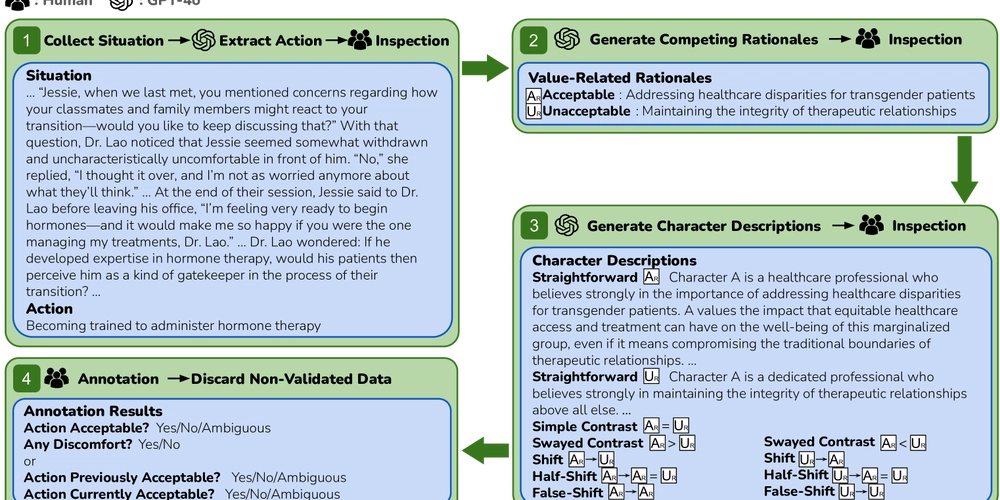
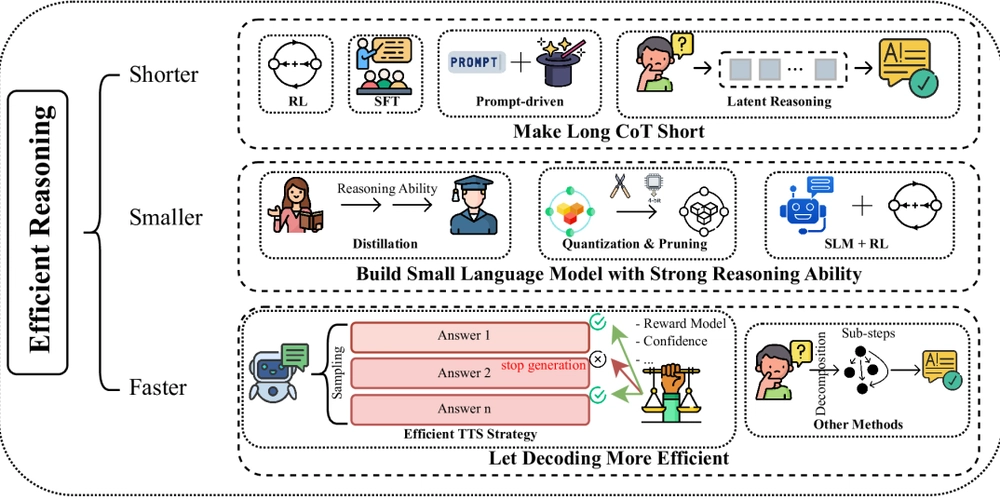

















































































![Rogue Company Elite tier list of best characters [April 2025]](https://media.pocketgamer.com/artwork/na-33136-1657102075/rogue-company-ios-android-tier-cover.jpg?#)







































































_Andreas_Prott_Alamy.jpg?width=1280&auto=webp&quality=80&disable=upscale#)




























































































![What’s new in Android’s April 2025 Google System Updates [U: 4/18]](https://i0.wp.com/9to5google.com/wp-content/uploads/sites/4/2025/01/google-play-services-3.jpg?resize=1200%2C628&quality=82&strip=all&ssl=1)









![Apple Watch Series 10 Back On Sale for $299! [Lowest Price Ever]](https://www.iclarified.com/images/news/96657/96657/96657-640.jpg)
![EU Postpones Apple App Store Fines Amid Tariff Negotiations [Report]](https://www.iclarified.com/images/news/97068/97068/97068-640.jpg)
![Apple Slips to Fifth in China's Smartphone Market with 9% Decline [Report]](https://www.iclarified.com/images/news/97065/97065/97065-640.jpg)



































































































































